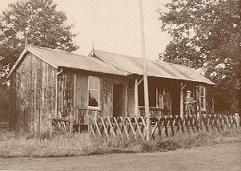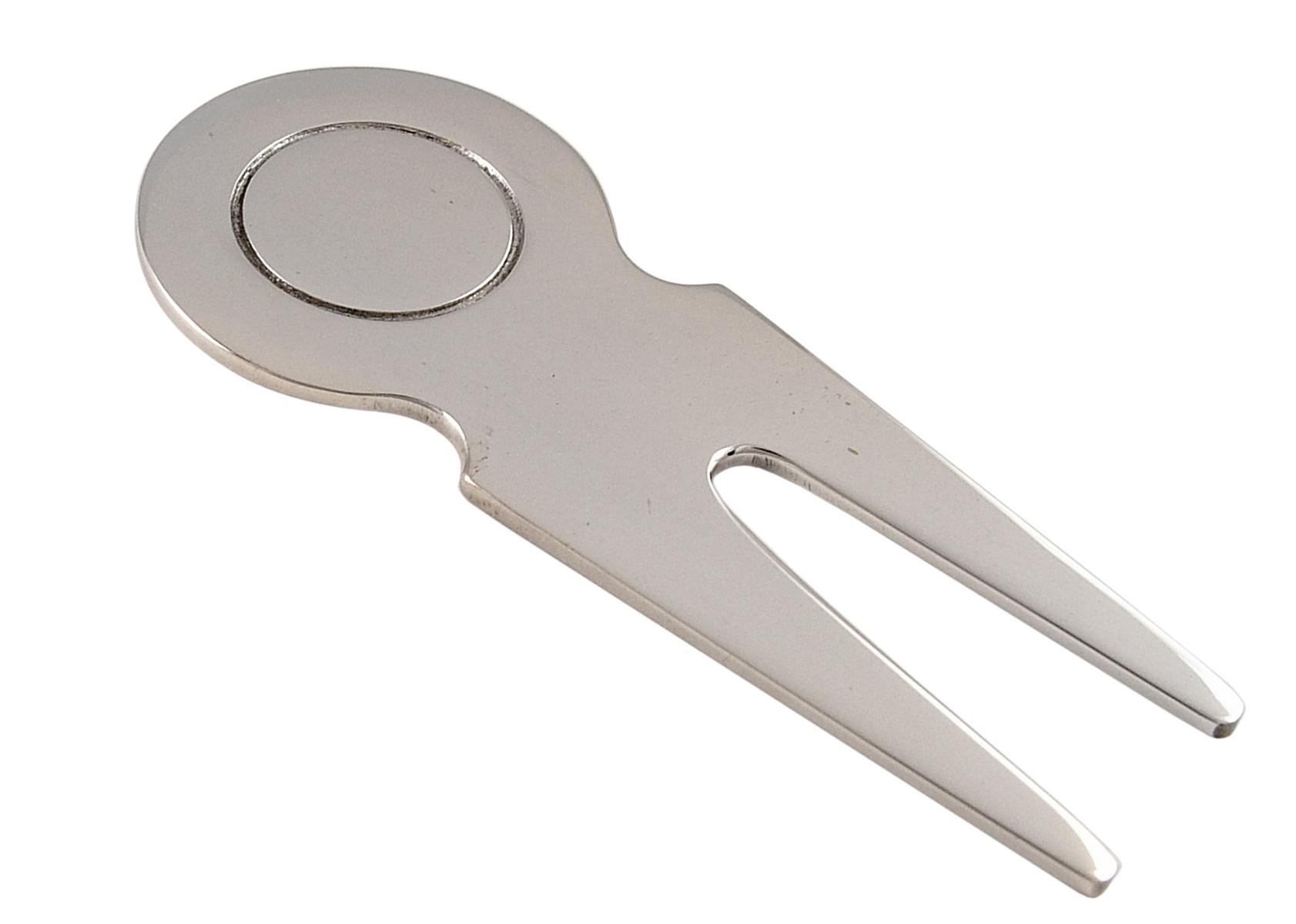
- Home
- News & Events
- Course
- Catering
- Membership
- Special Membership Offers
- Pro Shop
- Green Fees
- Affiliations
- Contact Us
To read details of Brian Robbins sponsored walk in aid of the Captain's Charity click on the banner below
History |
|
| Hillingdon Golf Club was officially founded by Charles E Stevens, Charles Milnes Newton and John C Hibbert in September 1892. Part of the estate of Hillingdon House, where Newton lived with his wife and aunt, Lady Cox, formed the first grounds. At that time Uxbridge was a market town, Hillingdon, West Drayton and Ickenham were just small villages. Sporting activity in Uxbridge centred on cricket in the summer months and football in the winter. Harry Woods, the then groundsman of the cricket club, was entrusted with the task of the course construction. It is reasonable to assume that at first, only tees and greens were laid, with the shape of the fairways being dictated in the main by the many oak trees. |
|
 |
|
In the first year the ‘Clubhouse’ was a disused lambing shed and the membership was only 35 men. By 1895, the membership had increased to 89, of these 27 were lady members. It was in this year that a voluntary collection among the members raised the sum of £30 to provide the construction of the timber pavilion which was to be the Clubhouse for the next thirty-six years. This Clubhouse was situated on the Vine Lane side of the course to the side of the present fairway, near to the present first green. From the beginning, Charles Newton carried out the duties of Honorary Secretary and continued to do so for many years. Until the time of the First World War He kept a meticulous record of competitions, statements of accounts and list of members; this record is still held by the club. In the early nineteen hundreds several acres of land were added to the golf course and parts of the course redesigned. The fortunes of the club continued favorably until 1913 when the Hillingdon House Estate was sold for commercial and housing development and it looked as if the Club would have to close. However war broke out in 1914 and the land was compulsorily purchased by government to accommodate military personnel. Such was the influence of the local resident members that the club was kept open on a shoestring and with a lot of hard work by its members. The arrival of the RAF prompted a negotiation between the Officers, the club and the MoD. This resulted in the club being called the Royal Airforce and Hillingdon Golf Club until around 1928. At this time prominent local builder Robert Warren, who was building many of the local houses we are now so familiar with, was a member of the club. He donated both the land and the current clubhouse. Warren was captain of the club in 1931 in recognition of his generosity. Despite this the club struggled with a static membership and difficult economic circumstances followed by the Second World War. Fortunately the long standing members and staff kept the club going. In 1950 it added 16 Dorset Way as staff accommodation. In the late 60’s early 70’s it expanded various parts and significantly improved the design and facilities until it became what it is today. Text adapted from Club History and Centenary Diary 1992 produced by Frank Walter MCSD |
|
Go to
to see our photograph album
New for 2012
Family Membership
For detailed information on the best way to repair a pitch mark to protect the greens click on the repair tool below

